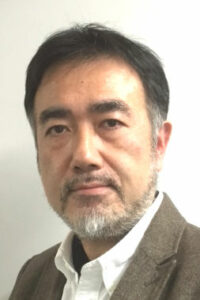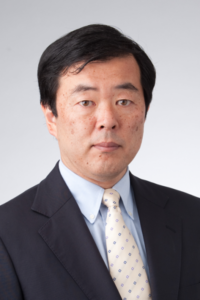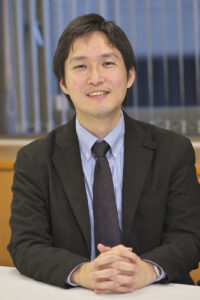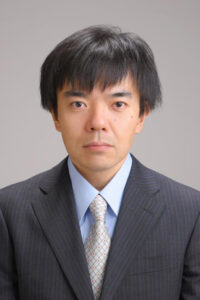
Thinking about American Culture from an Outside Perspective I am a cultural anthropologist and my research focuses on convenience stores (konbini) in Japan. When people ask me what I study and I say, “konbini,” I often get odd looks. It is not the kind of topic that people expect an anthropologist to take interest in. But konbini are an engaging place to think about Japan and the dynamics of culture. As research site, they are infinitely fascinating. I was born and raised in a small coastal community in Massachusetts. The convenience stores in my hometown are, as is common in American, really gas stations. Growing up, I wasn’t interested in these stores and they played relatively little role in my day-to-day life. In college, my major was Soviet Studies. From August 1991, I spent my junior year studying Moscow. One thing that initially struck ... ... [Read more]








